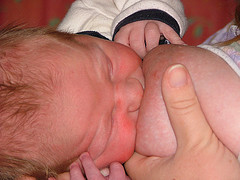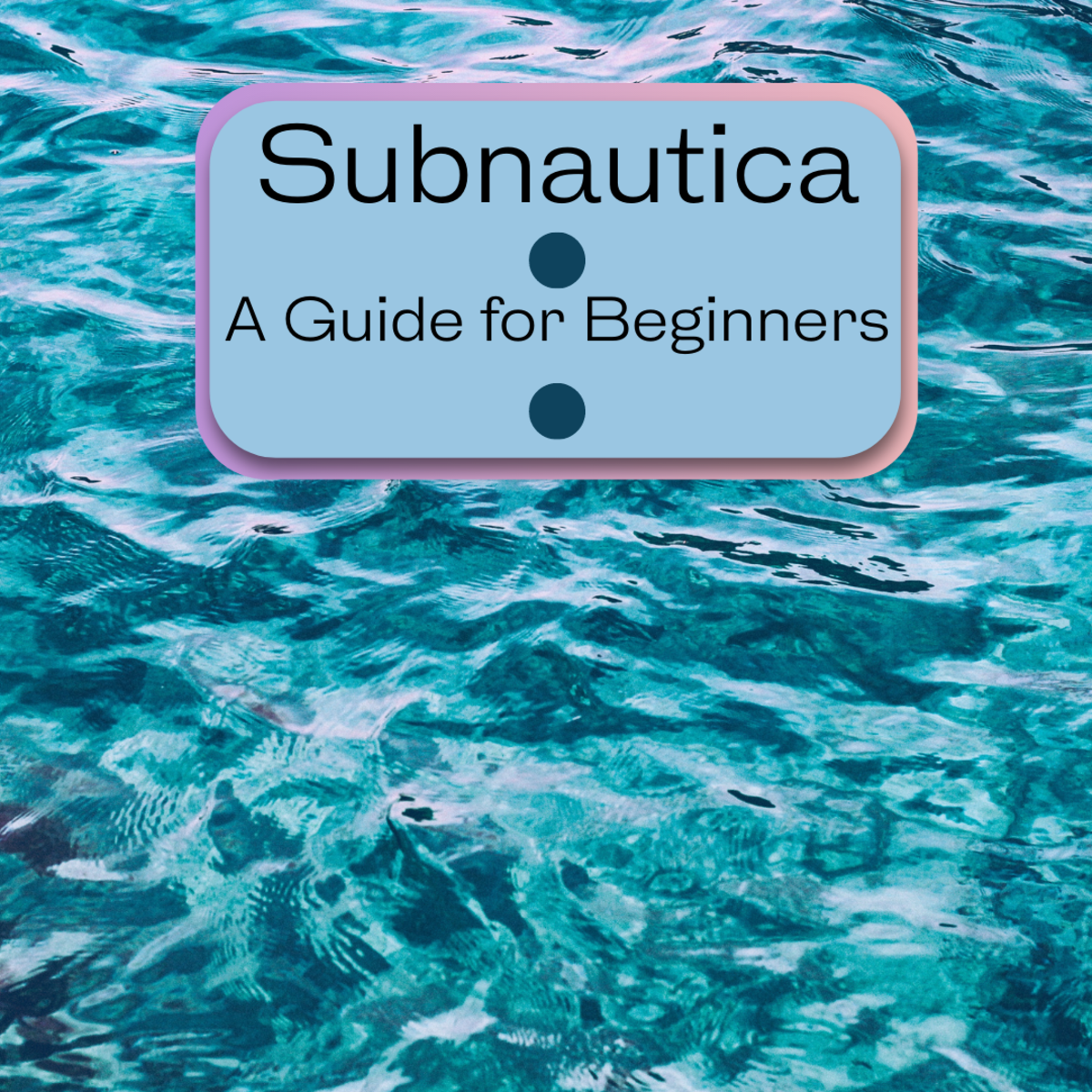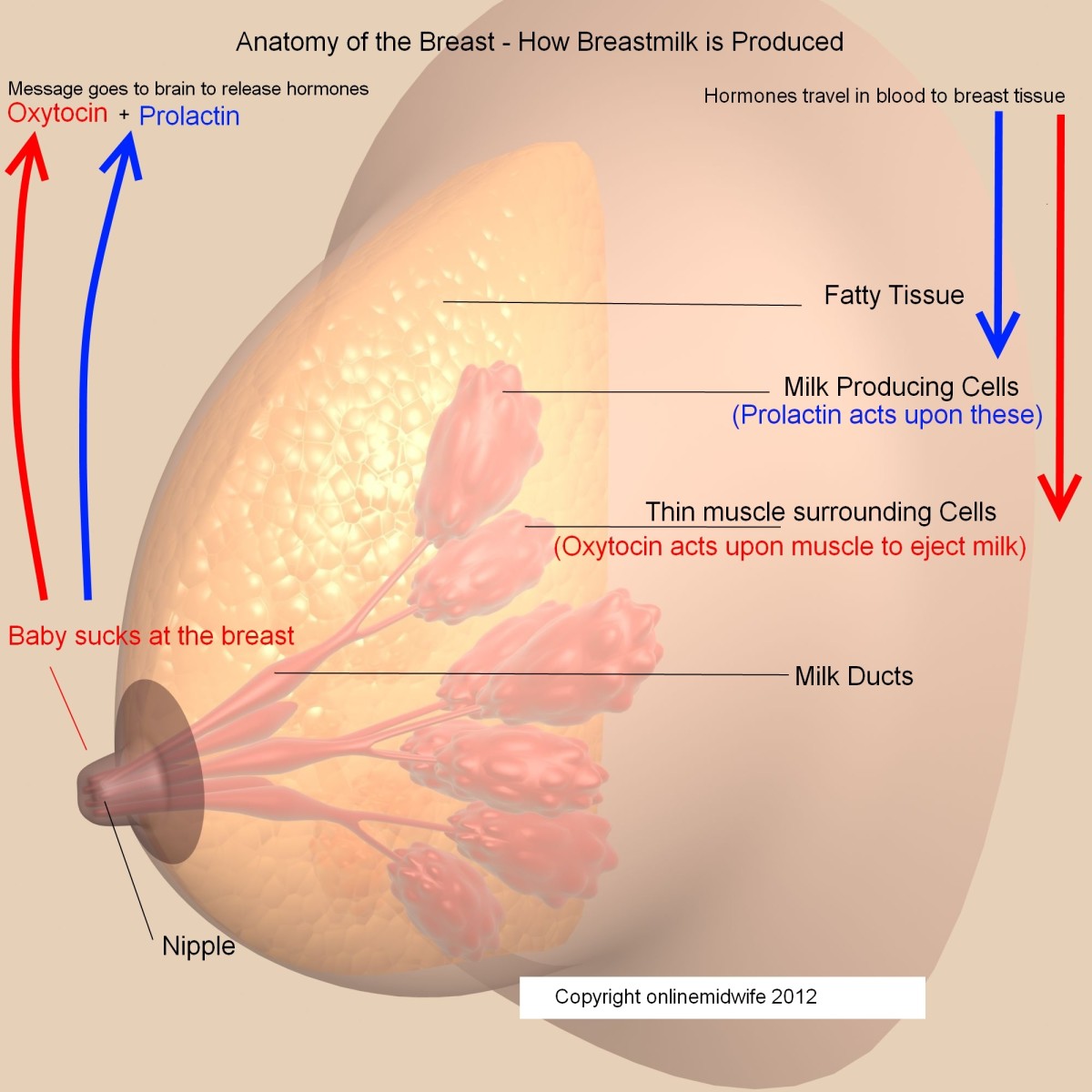Breastfeed For Health: A Beginner’s Guide

The Start of a Wonderful Relationship

See Also:
Example of a Painful Latch

Breastfeeding is one of the best things you'll do for the health of your newborn. In addition to the health benefits for your baby, you lose weight and recover from the stress of childbirth sooner. If you plan to breastfeed it's a good idea to study up because contrary to what you may assume, it doesn't necessarily come as second nature. Preparing in advance goes a long way toward successful breastfeeding and overall breast health. There are a few tricks to learn, but don't be afraid to ask for help.
Before Baby Arrives
Ask your hospital or childbirth center to put you in contact with a lactation consultant or plan to attend the post-natal breastfeeding instruction many facilities offer. It can make a world of difference to have an experienced nurse or lactation specialist help you get your technique down before you take your baby home.
You'll also need to make your wishes known to those who are attending the birth. If pacifiers and formula are given at the hospital, it can impact your success at breastfeeding. Often these are given as a matter of procedure unless you are clear on your wishes to breastfeed exclusively.
Finally, read up on how to cope with breastfeeding challenges before you need the information.
Latching On
The most important thing you learn in regard to breastfeeding is the latch. And while the sucking instinct is something baby is born with, there is a learning curve for him too when it comes to latching onto the breast properly. There are several common breastfeeding positions, but for most women, it's a process of trial and error to find the most comfortable fit.
You want the baby to get as much of your nipple as possible into his mouth. Tugging on just the tip results in sore, cracked breasts.
Tips for achieving a good latch.
- Stroke the baby's cheek that is closest to you. His rooting reflex will make him turn his head toward you.
- Baby's mouth should be open really wide, like a yawn, as he latches on.
- Encourage the baby to open his mouth wide by moving him on and off the breast. Touch his lips lightly and repeat until he opens his mouth wide.
- If you can't pinch your nipple between two fingers, chances are a tiny mouth won't be able to latch on. You may need to let some milk out of very full breasts before trying to nurse.
Alternate Breasts
At first, you'll want to offer both breasts at every feeding. Once Baby is nursing actively, let him nurse from the first breast until he comes off on his own, either by letting go or by falling asleep, and then offer the second breast. A lot of times he won't take the second breast, and that's okay. What you need to do is record which breast he last nursed on and offer the other one first the next time.
Alternating breasts is important to for keeping breasts healthy and avoiding common breastfeeding problems.
More Tips For Successful Nursing:
- Baby's gums should cover all or most of the areola behind the nipple, completely bypassing the nipple.
- Your nipple should be above baby's tongue.
- Make sure baby is so close to you that his chin is pressed into your breast.
- If Baby's nose seems blocked by your breast, avoid pressing down on the top of your breast.
- Air-dry breasts after a nursing session.
- Nurse on demand, according to baby's schedule and not your own.









